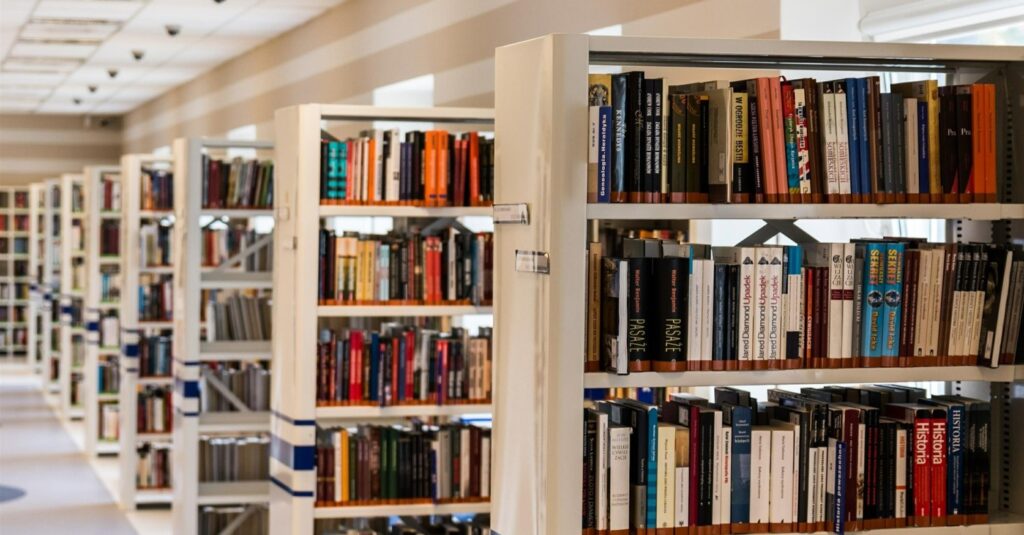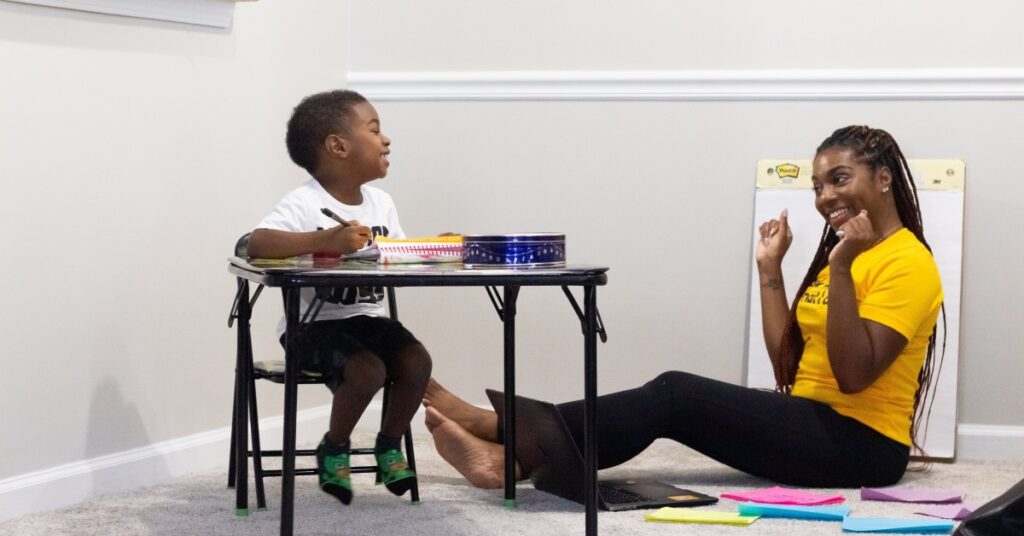
What Is a Master of Library and Information Science?
all LIS professionals must be information-literate. They can work in [...]
In most K–12 classrooms throughout the U.S., there are students with a wide array of learning abilities and needs.
Some children master grade-level concepts quickly and easily, while other learners need to experience them in an alternate format or review them several times to fully understand the material. And still other students may only be able to comprehend a portion of a lesson or a simplified version of a concept.
Whatever the case, all students deserve the opportunity to learn the same material, even if this entails altering an approach or the scope of the content to meet their individual learning needs.
Teachers use various instructional strategies, curricular resources, and other learning supports to help each student develop the skills and knowledge required to meet annual grade-level standards. For children who have special needs (and depending upon what these needs are), a child may be provided with specific services to help her attain social, emotional, cognitive, and physical goals for her age. These supports can differ among students, subjects, and grades.
In the U.S., there are two types of educational plans available to children with special needs in K–12 schools: Individual Education Programs (IEP) and 504 Plans. Each of these options is developed by a special needs team that is typically composed of parents, classroom or subject teachers, special education teachers, service providers like speech language therapists or occupational therapists, and the student herself. All members of the team have a vested interest in the child’s development, and work together to formulate a learning plan based on their current assessment of her abilities, interests, and learning style. Together, these participants identify the accommodations or modifications to the curriculum that the student will need to ensure that she can meet these articulated learning goals, which are then reviewed annually to determine whether the supports should be revised or discontinued.
A 504 plan is designed for students who may have learning difficulties but are, nonetheless, able to work at grade-level if provided with assistance to support their full participation in the curriculum. While there is no definitive list of which special needs are covered by 504 plans, these supports are typically designed for students with particular types of learning or attentional issues. For example, a student who is fully capable of completing fourth grade math but has Attention Deficit Hyperactivity Disorder to understand them. For such a child, the team would develop strategies, such as permitting her to engage in specific types of fidgety movement to help her sustain attention long enough to learn. Among the many acronyms and other language used in special education, the supports outlined in 504 plans are known as “accommodations.”
Contrary to what some may believe, 504 accommodations are not designed to give students with learning disabilities or differences an extra advantage. Rather, these strategies or tools help to provide an educational pathway that would not be available to these children without such services. Consider the example of a student who has a significant vision impairment that makes reading texts difficult, if not impossible. Assistive technology to enlarge type may provide sufficient correction and may enable her to use the same curricular materials as her classmates. Such supports do not, on their own, boost this child’s achievement, but instead enable her to participate fully in the same classwork as her peers. There are dozens of such accommodations that address a range of learning needs, including pencil grips, highlighting pens, different types of fonts, voice-to-text software, extended test-taking time, reduced workloads, and behavioral supports, to name a few.
An IEP, by contrast, is used for different educational purposes than 504 plans. In order to be eligible for IEP services, a student must meet a set of criteria set out by the federal Individuals with Disabilities Education Act (IDEA). In effect, a student’s disability must be significant enough to cause delayed learning or impair her ability to master grade-level material (this may be the case for a child with an autism spectrum disorder or a traumatic brain injury, for example). In order for this child to progress cognitively, academically, socially, and physically, an intensive special education plan is required. Her learning will be modified to meet the goals defined by her special needs team in her IEP, and this child would no longer be expected to achieve the same educational outcomes in some or all of her classes as her non-disabled peers.
The process of creating a modified program involves altering the curriculum — that is, making modifications to general education lessons — and may include changes like simplified classwork, a smaller number of concepts or central themes to master, or the use of prompts to spur learning. It’s important to note that a child with an IEP may also need 504 accommodations to be able to learn her modified work.
Check out The IEP Decoded: A Parents’ Guide by a Special Education Teacher for further information.
| University and Program Name | Learn More |
|
Merrimack College:
Master of Education in Teacher Education
|
While accommodations and modifications are both intended to support a student’s learning needs, they vary from each other as to the extent of the support each provides. As a result, these two sets of interventions may produce very different outcomes upon completion of high school.
For instance, a student who only receives 504 accommodations is still expected to meet the standard requirements for a high school diploma at the end of 12th grade. By contrast, some (though by no means all) students with IEPs may work towards modified learning and graduation standards. Once these learners meet the educational benchmarks established for this pathway, they are able to earn an alternate diploma. Typically, families will work with the special education team at a teen’s high school to evaluate her growth regularly and design a plan that is appropriately aligned with her long-term goals.
Understanding the differences between accommodations and modifications and the types of learning challenges they are meant to address is vital for parents whose children have special needs. While the differences are significant between these two sets of supports, they are both intended to enable students with problems that impede learning to have equal educational opportunities as their typically-developing peers. And since parents are often the strongest advocates for their child, knowing what the language means will help you ensure that her school delivers on this promise.
Questions or feedback? Email editor@noodle.com

all LIS professionals must be information-literate. They can work in [...]

Elective courses can customize your MLIS degree to a career [...]

Do you intend to work in your community's public library [...]

For decades now, libraries have been attuned to new developments [...]

A more diverse teacher workforce could provide a key to [...]
Categorized as: Special Education, Education & Teaching